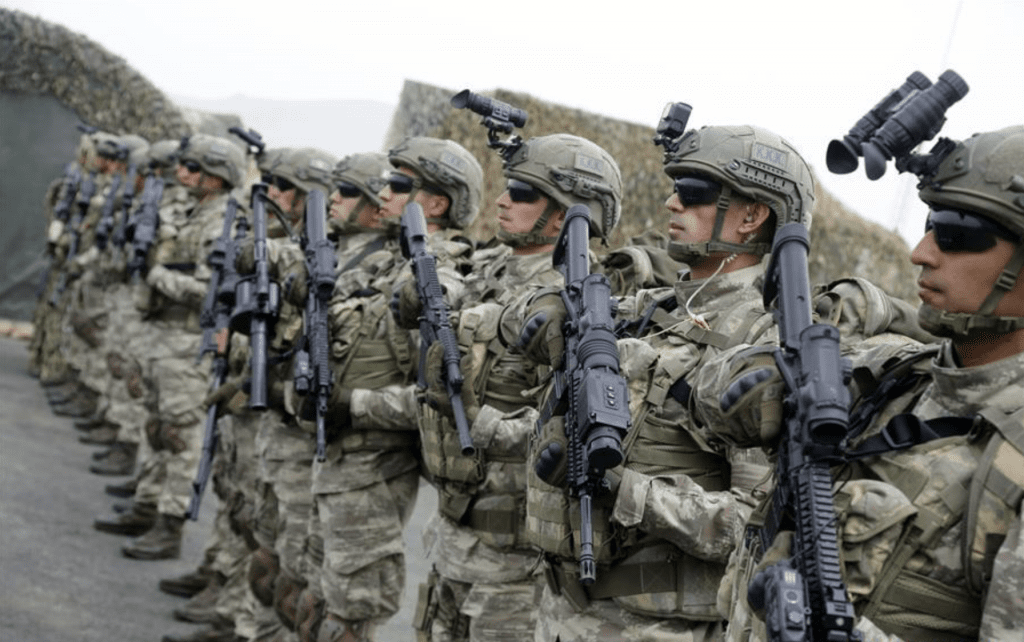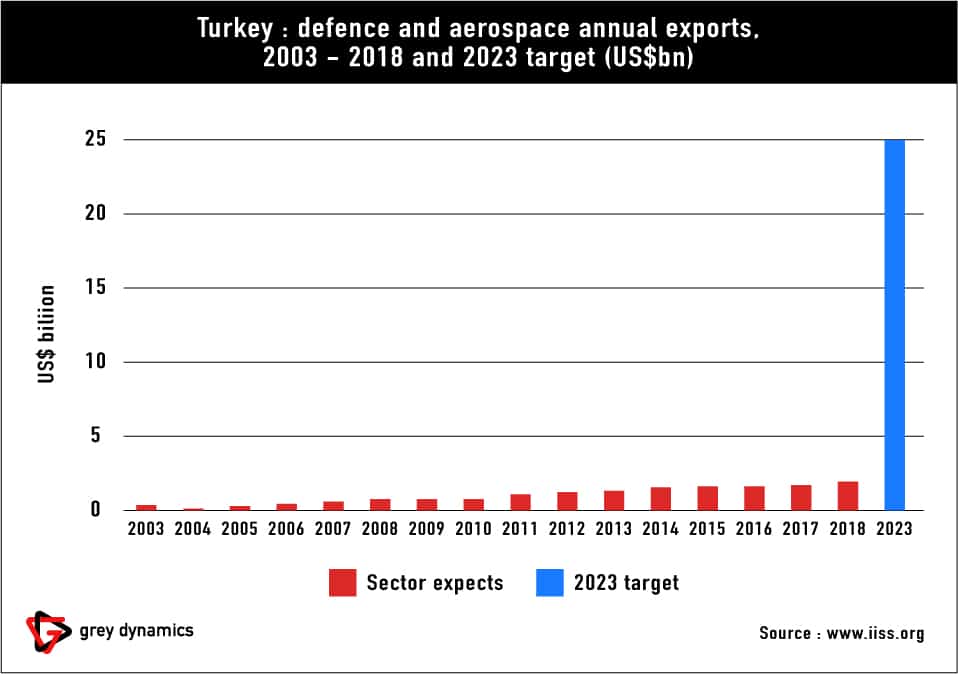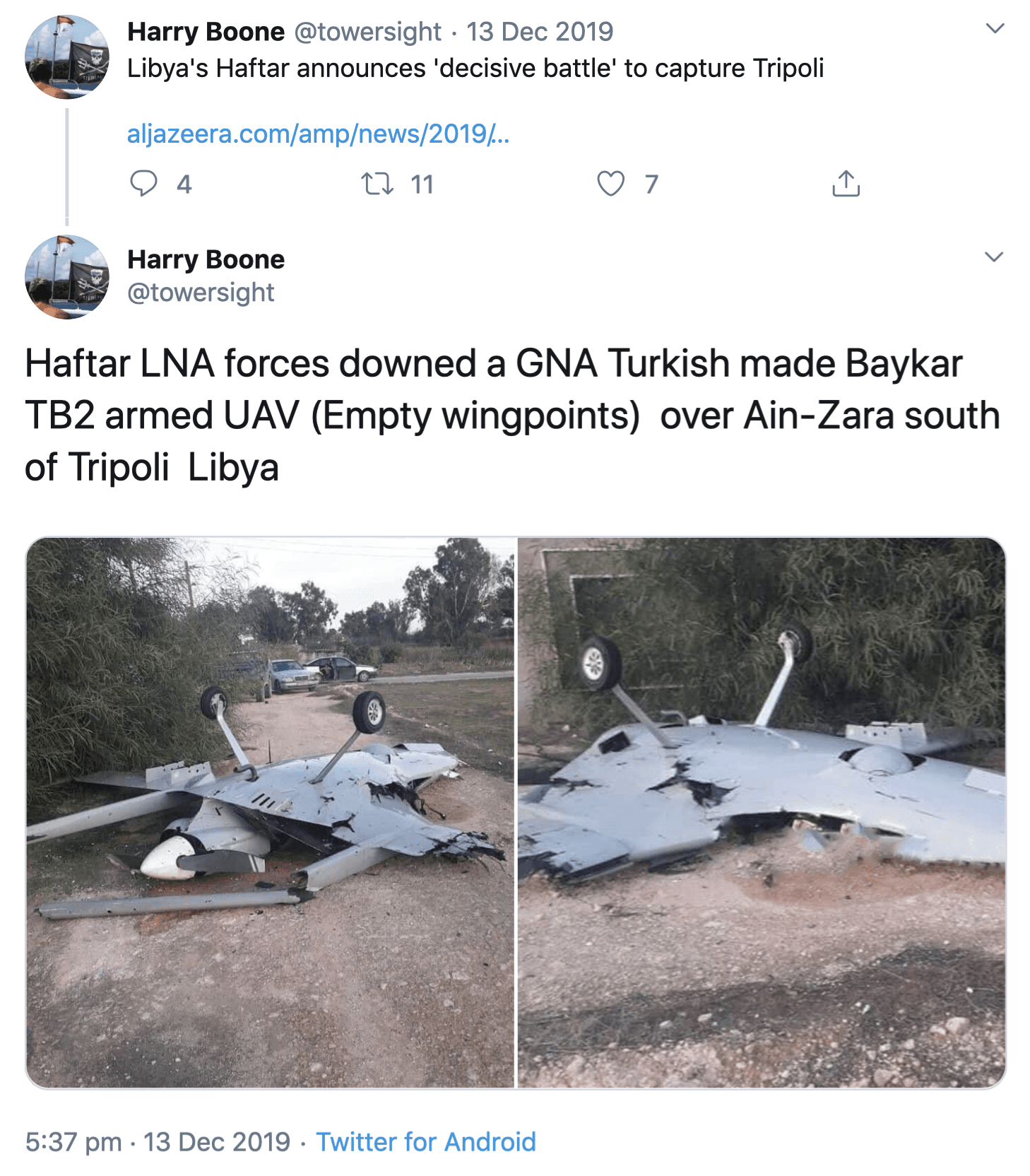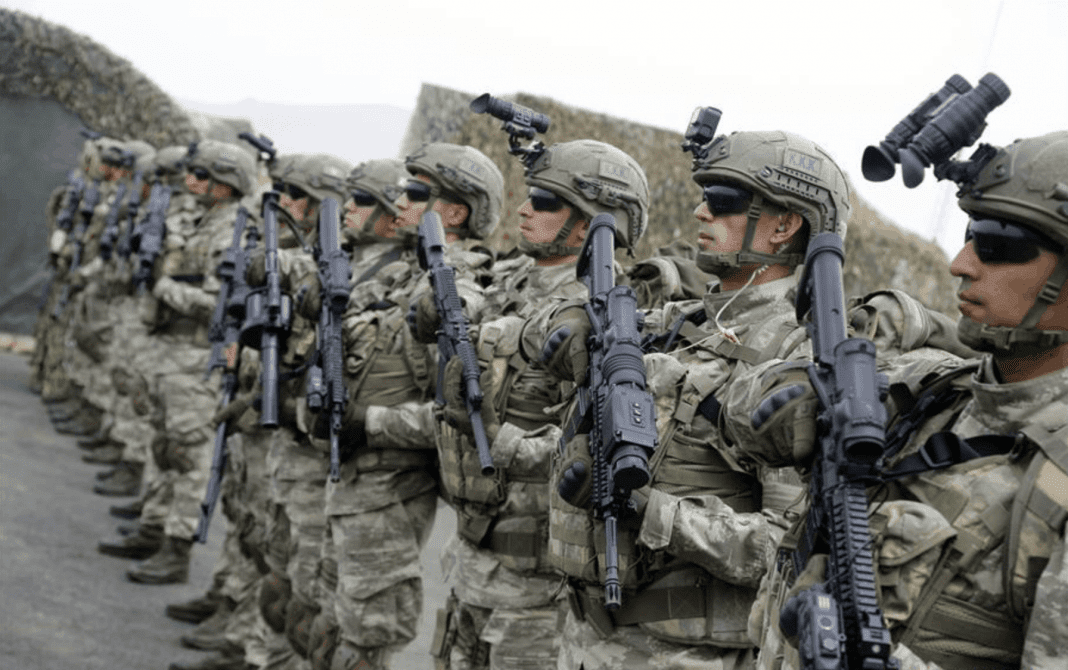
In recent years, Turkish defence and defence-industrial capacity has expanded in a significant manner. Hawks warn for Neo-ottoman expansion. A quick look at the SSB (the Presidency of Defence Industries) catalogue of available defence products show a wide range of Turkish-made hardware. It contains many of the products from the major Turkish defence companies: ASELSAN, Rocketsan A. S., and HAVELSAN, among many others. This includes land, naval and air platforms, radar, medium-range ballistic missiles, and the associated logistics and sub-systems required to run and support the complex equipment they have for sale. This is the effect of Erdogan’s desire to turn Turkey from a partner nation for NATO, into a regional power in the Eastern Mediterranean with its own sovereign foreign policy goals and ambitions.
Key Judgements
- Turkish desire for autarky in the defence sector has led to a huge increase in domestic capability building but is far from self-sufficiency. Regardless, copying foreign developments is the natural precursor to more complete self-sufficiency.
- Turkey is now able and willing to support actors like the GNA in Libya with domestically produced hardware.
- In the longer term, Turkey is developing militarily self-reliance and can pursue a more aggressive independent foreign policy as a true regional power.
Erdogan stated explicitly at the 12th International Defence Industry Fair that by the centenary of the Turkish Republic in 2023, Turkey would rid itself of foreign dependency – a goal that has been pursued since the 1980s. Furthermore, Turkey Vice-President Fuat Otkay stated in March 2019 that Turkey meets 65% of its defence needs through domestic production. A further goal is to increase Turkish defence exports to $25bn by 2023.
Of all the goals, the last seems particularly unlikely, despite large year-on-year growth in Turkish defence exports in the past five years (see figure 1). Turkish exports would have to increase by $23bn between 2018 and 2023 to achieve this goal.

Though much is noise is made about Turkish self-sufficiency, a look at one of the flagship products, the Altay Main Battle Tank (MBT) shows how hollow some of these claims may be. The Altay MBT is armed with a Rheinmetall 120mm gun, though the gun is locally produced. It bears a striking number of similarities to South Korea’s K2 MBT, and its development has been heavily supported by South Korean defence companies. Currently, the power-pack for the Altay is also in limbo – although several domestic companies have competed to deliver the power pack, they would do this in open cooperation with external firms.
Where does this leave Turkey, and what are the regional implications?
Turkey may not have rid itself of dependence (a quick look at the aircraft-less Turkish aircraft carrier proves as much) on foreign countries for its defence industry, it has made huge strides. If current trends continue will secure a far greater degree of autonomy for Turkey, not only in terms of defence and industry, but in terms of what kind of influence Turkey can have in the region, and in a way that allows for greater aggressive foreign policy options for future Turkish governments. This can already be seen in Libya, where Turkish drones are currently in use by the Government of National Accord (GNA) (see figure 2), and where the Turkish government has even promised to deploy troops against the Libyan National Army, and its leader, Field Marshal Haftar.
As can be seen in figure 2, the Turkish government is able to supply relatively sophisticated air platforms by sea to regional allies in support of foreign policy goals, though this is not without cost. A Jane’s report indicates that the Baykar UAV has an extremely high attrition rate in Libya. If Turkey really has lost as many as nine of these drones in Libya, this represents nearly 10% of the Turkish government’s total stock of these drones. This, in a relatively unsophisticated conflict area, should give cause for doubt as to the quality of these drones and their operators.

Difficulties for Turkey’s defence-industrial independence not-withstanding, its involvement in Libya shows that Turkey is now a true regional power again. It can flex its military power using domestically produced hardware in conflict zones across the Middle East and North Africa. This is significant because Turkey is doing this independently, pursuing its own foreign policy goals, and, in the case of Libya, even backing the opposite side to Russia. Whatever the future holds, one thing is certain: Erdogan’s Turkey has developed the capability for independent military foreign policy in pursuit of its own goals, beyond the borders of Turkey itself. This is something that has not been seen since the Fall of the Ottoman Empire in the early 20th Century.
Image: Xinhua (link)
Figure 1: IISS (link)
Figure 2: Harry Boone / Twitter (link)

